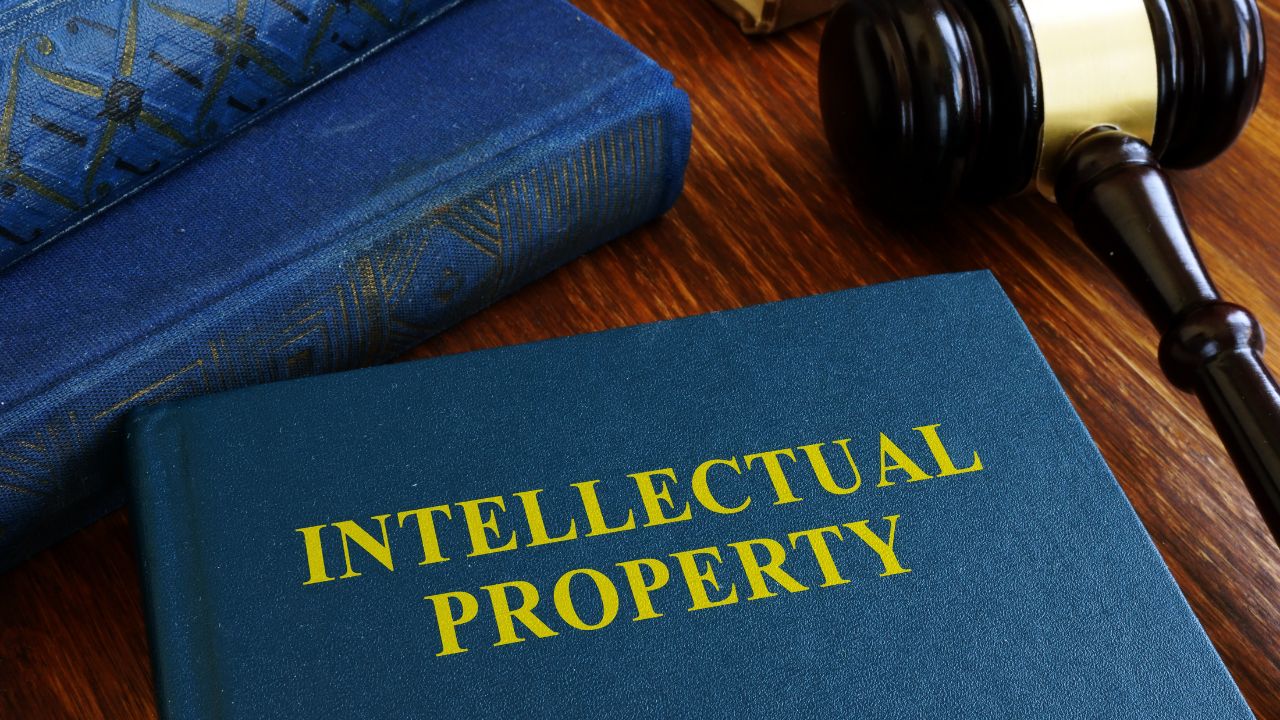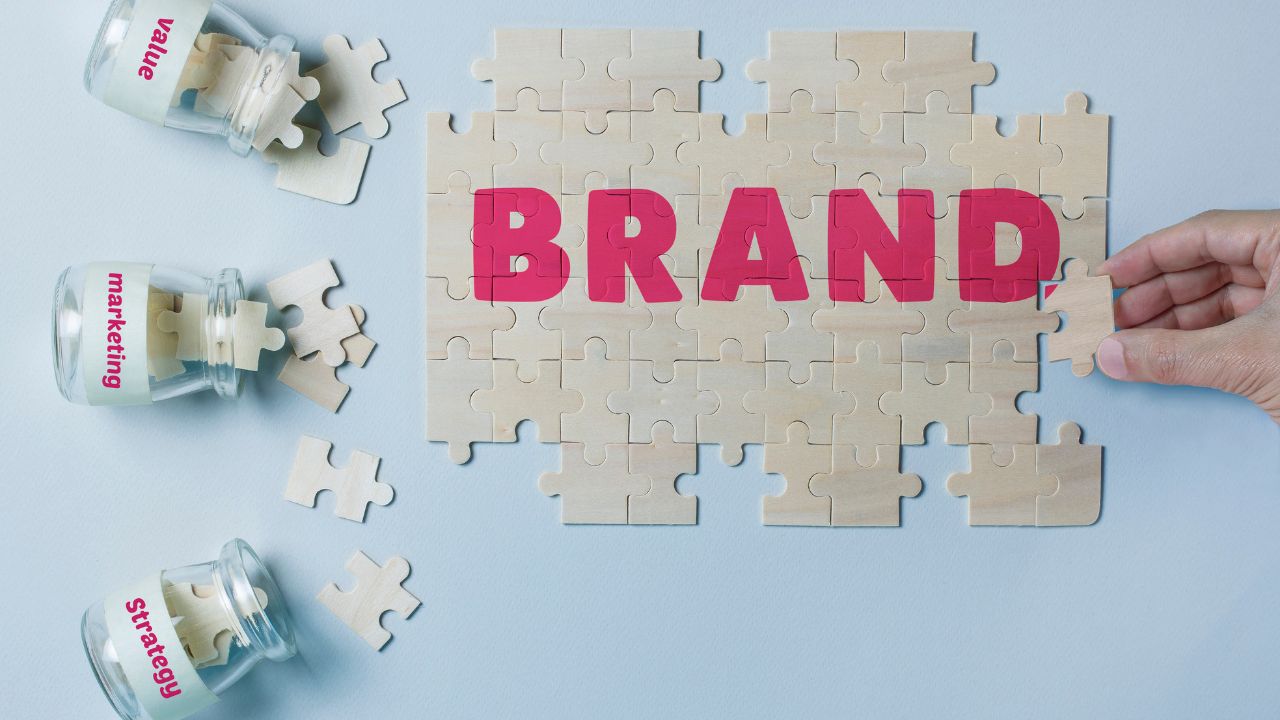You have a brilliant idea. Maybe it’s a groundbreaking piece of software, a catchy jingle, or a unique design for a product. This creation is your intellectual property (IP), and it holds immense value. But how do you unlock that value without selling your creation outright? The answer often lies in an intellectual property license.
An intellectual property license is a legal agreement that allows someone else, known as the licensee, to use your creation for a specific period and purpose. In return, you, the licensor, typically receive payment in the form of royalties. It’s like renting out your idea instead of selling it. This arrangement lets you monetize your intellectual property while retaining ownership, opening up new revenue streams and expanding your brand’s reach.
This guide will walk you through everything you need to know about this powerful legal tool. We will explore what an IP license covers, the different types available, and the key components of a solid license agreement.
Understanding Intellectual Property
Before diving into licensing, it’s important to understand what “intellectual property” covers. Intellectual property (IP) refers to creations of the mind. It’s not a physical object you can hold, but an intangible asset that has commercial value. The law protects these assets to encourage innovation and creativity.
There are four main types of intellectual property:
- Patents: These protect inventions, such as new processes, machines, or chemical compositions. A patent gives the inventor the exclusive right to make, use, and sell their invention for a set period.
- Trademarks: A trademark protects symbols, names, and slogans used to identify products and services. Think of the Nike “swoosh” or the name “Coca-Cola.” It distinguishes one company’s offerings from another’s. This is the foundation of brand licensing.
- Copyrights: Copyright law protects original works of authorship. This includes literature, music, art, software code, and architectural designs. The creator has the exclusive right to reproduce, distribute, and display their work.
- Trade Secrets: These are confidential business information that gives a company a competitive edge. The formula for Coca-Cola is a classic example. Unlike patents, trade secrets are protected as long as they remain secret.
An intellectual property license can be granted for any of these IP types, allowing others to legally use what you’ve created.
How Does an Intellectual Property License Work?
At its core, an intellectual property license is a contract. It outlines the terms and conditions under which a licensee can use the licensor’s IP. This contract, often called a license agreement, is crucial for defining the relationship and preventing disputes.
Imagine you’ve written a popular software program. A larger company wants to include your program in its suite of products and services. Instead of buying your company, they can obtain an IP license from you. The agreement would specify how they can use your software, for how long, and in which geographical regions. You would receive ongoing payments, or royalties, based on their sales.
This legal framework is beneficial for both parties. The licensor earns revenue without the costs of manufacturing or distribution. The licensee gains access to valuable IP without the significant expense and time of developing it from scratch.
Key Elements of a License Agreement
A well-drafted license agreement is the foundation of a successful licensing relationship. It should be clear, detailed, and cover all potential scenarios. While each agreement is unique, most include several essential components. A strong licensing strategy depends on getting these details right.
Here are the key elements to look for in an intellectual property license agreement:
- The Parties: The agreement must clearly identify the licensor (the IP owner) and the licensee (the party gaining rights).
- The Grant of Rights: This section is the heart of the agreement. It defines the scope of the license, specifying exactly what the licensee can and cannot do with the intellectual property.
- Term and Termination: This outlines how long the license is valid. It could be for a fixed term, or it could continue indefinitely until one party decides to terminate it under specific conditions.
- Territory: The agreement should define the geographical area where the licensee can use the IP. Is it for a single country, a continent, or worldwide?
- Financial Terms: This details the payment structure. It includes information on royalties, any upfront fees, and payment schedules. Royalties are often a percentage of the revenue generated from the IP.
- Exclusivity: The agreement will state whether the license is exclusive or non-exclusive. We’ll explore this in more detail shortly.
- Quality Control: Licensors often include provisions to maintain the quality and reputation of their brand. For example, they might require the right to approve marketing materials or product samples.
- IP Protection: The contract should clarify who is responsible for defending the intellectual property against infringement. Usually, this responsibility remains with the licensor.
Drafting a comprehensive license agreement is complex. It’s always wise to work with a legal professional who specializes in intellectual property law to ensure your interests are protected.
Exclusive vs. Non-Exclusive Intellectual Property Licenses
One of the most important decisions when creating a property license is whether it will be exclusive or non-exclusive. This choice has significant implications for both the licensor and the licensee.
Exclusive License
An exclusive intellectual property license means that only the named licensee has the right to use the IP. Even the licensor cannot use the IP in the manner granted to the licensee. This type of license is often more valuable and commands higher royalties because it offers the licensee a competitive advantage. For example, a tech company might secure an exclusive license for a patented component, a process known as product licensing, to block competitors from using the same technology.
Non-Exclusive License
A non-exclusive intellectual property license allows the licensor to grant the same rights to multiple licensees. The licensor can also continue to use the IP itself. This is a common approach for software, images, and music, where the goal is broad distribution.
Think of stock photography websites. A photographer uploads an image, and dozens of different companies can pay for a non-exclusive license to use that image in their marketing materials. The photographer earns a small fee from each license, and the companies get access to high-quality images without the cost of a custom photoshoot.
Why You Might Need an Intellectual Property License
An IP license is a flexible tool that can help individuals and businesses achieve a variety of strategic goals. Whether you are an inventor, an artist, or a business owner, understanding how to use an intellectual property license can unlock significant opportunities.
For creators and inventors (licensors), the benefits include:
- Generating Revenue: Licensing creates a steady stream of income from royalties without the need for large investments in manufacturing, marketing, or distribution.
- Market Expansion: Partnering with licensees in different regions or industries can introduce your products and services to new audiences you couldn’t reach on your own.
- Brand Building: When a reputable company licenses your IP, it can enhance your brand’s credibility and visibility in the marketplace.
For businesses (licensees), the advantages are just as compelling:
- Faster Innovation: Licensing allows you to quickly incorporate new technologies or creative works into your offerings, saving you years of research and development.
- Reduced Risk: Developing new IP is expensive and risky. Licensing a proven concept is often a safer and more cost-effective strategy.
- Enhanced Product Lines: You can expand your portfolio of products and services by licensing well-known characters, brands, or technologies to attract more customers.
Answering a Common Question: How Much Does an IP License Cost?
The cost of an intellectual property license varies dramatically. It is not a fixed price but is determined by several factors negotiated in the license agreement. Key factors include the type of IP, the industry, the exclusivity of the license, the territory, and the duration of the agreement. Payments typically involve an upfront fee and ongoing royalties, which are usually a percentage of sales, ranging from 2% to 20% or more.
The Broader Impact of IP Licensing
The concept of an intellectual property license is more than just a business transaction; it is a vital engine for innovation and economic growth. It facilitates the flow of ideas between creators and companies, allowing creative works and new technologies to reach a wider audience.
Consider the tech industry. Companies constantly license patents from each other to build complex devices like smartphones. Without this cross-licensing, a single company would struggle to assemble all the necessary technology on its own. This collaborative ecosystem, built on a foundation of IP license agreements, accelerates technological progress for everyone.
Similarly, in the entertainment world, licensing is everywhere. A movie studio licenses the rights to a book to create a film. A toy company licenses the rights to the movie’s characters for merchandise licensing to create action figures. A video game developer then licenses the rights to create a game based on the film. This intricate web of agreements creates a rich and interconnected world of content and merchandise, all stemming from a single piece of original intellectual property.
A strong understanding of how to obtain an intellectual property license is essential for any business looking to compete effectively. It allows for strategic partnerships that can define a company’s trajectory, turning a great idea into a global phenomenon. The humble property license is a testament to the power of collaboration, proving that sharing ideas, under the right legal framework, can lead to greater success for all involved.
Ready to take your marketing strategy to the next level? A deep understanding of concepts like intellectual property can give you a competitive edge. Explore how to build a powerful and resilient brand by visiting Marketing Immersion for expert insights and strategies.






